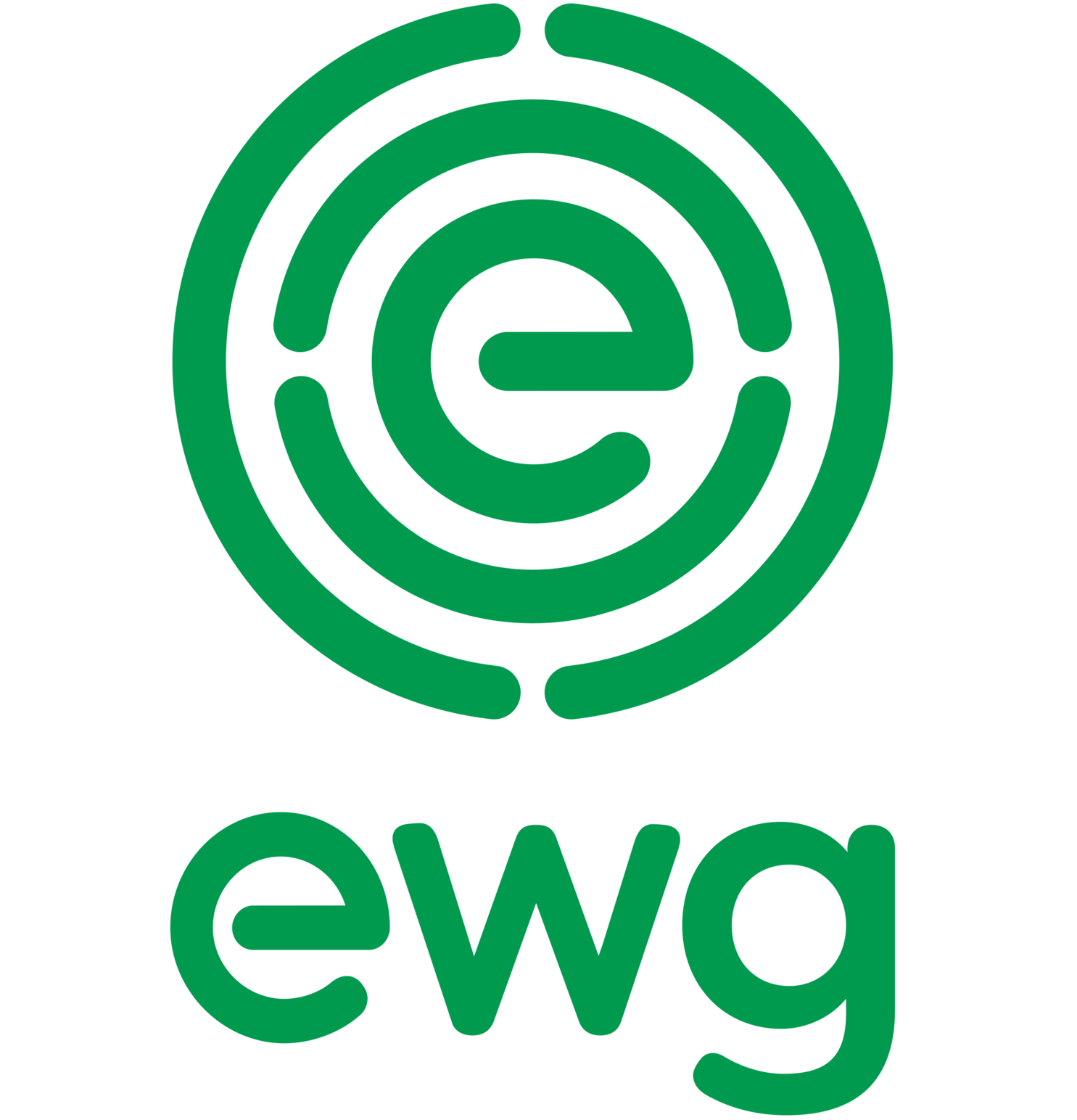Radioactive Waste 329 - Scientists Using Yeast To Clean Up Radioactive Environmental Contamination
Uranium is a very common element on Earth. It combines with many other elements to form a wide variety of minerals. There are deposits of uranium ore in many locations that can be mined. Uranium is a main contributor to background radiation that is found in varying amounts all over the Earth.
There is a tiny amount of radium mixed in with naturally occurring uranium. All isotopes of radium are highly radioactive. The most stable isotope of radium is radium-226 which has a half-life of sixteen hundred years. R-226 decays into radon which is a gas.
The Environmental Working Group (EWG) website says that the EWG is a non-profit, non-partisan organization dedicated to protecting human health and the environment. They have just released the results of an important study on radioactive elements in U.S. drinking water. The study was conducted between 2010 and 2015.
The EWG investigation found that over half of the drinking water available in the U.S. contains radioactive elements. During the investigation, the EWG tested almost fifty thousand public water systems. They estimated that the water consumed by over one hundred and seventy million citizens of the U.S. contain radioactive elements. The EPA sets safe limits for such elements in drinking water and twenty-seven states have water supplies in which the radioactive elements exceed what is considered safe by the EPA.
The most common element that was found in drinking water by the EWG was radium. Radium is dissolved out of soil and rock by the passage of water. Radon gas is also released into underground water as the radium decays. In areas where the Earth is shocked and strained by the process of fracking, the amount of radium in the water is greater. Radium releases ionizing radiation which is potentially carcinogenic which means it can cause cancers.
The EWG found that in one hundred and fifty-eight public water supply systems used by two hundred and seventy-six thousand U.S. citizens, the level or radium is greater than that allowed by the EPA. The EPA requirements say that there should not be more than seventy cases of cancer caused by drinking water out of one million consumers. Texas was found to be the state with radium in the most water supplies. It is estimated that about eighty percent of Texans have some radium in their water supply.
The EPA guidelines for safe drinking water have been criticized as being too lenient. In 2006, California released much more stringent requirements for safe levels of radium than the EPA. The California standards say that there should not be more than one case of cancer caused by drinking water in a million consumers. By these standards, over one hundred and twenty-two million people nationwide are drinking water with too much radium in it.
A senior science advisor with EWG issued a statement that said, ““Most radioactive elements in tap water come from natural sources, but that doesn’t take away the need to protect people through stronger standards and better water treatment.” “Millions of Americans are drinking water with potentially harmful levels of radioactive elements, but the outdated federal standards mean many people don’t know about the risk they face when they turn on the tap.”
The EWG has created this interactive map of U.S. water supplies that contain radium.
